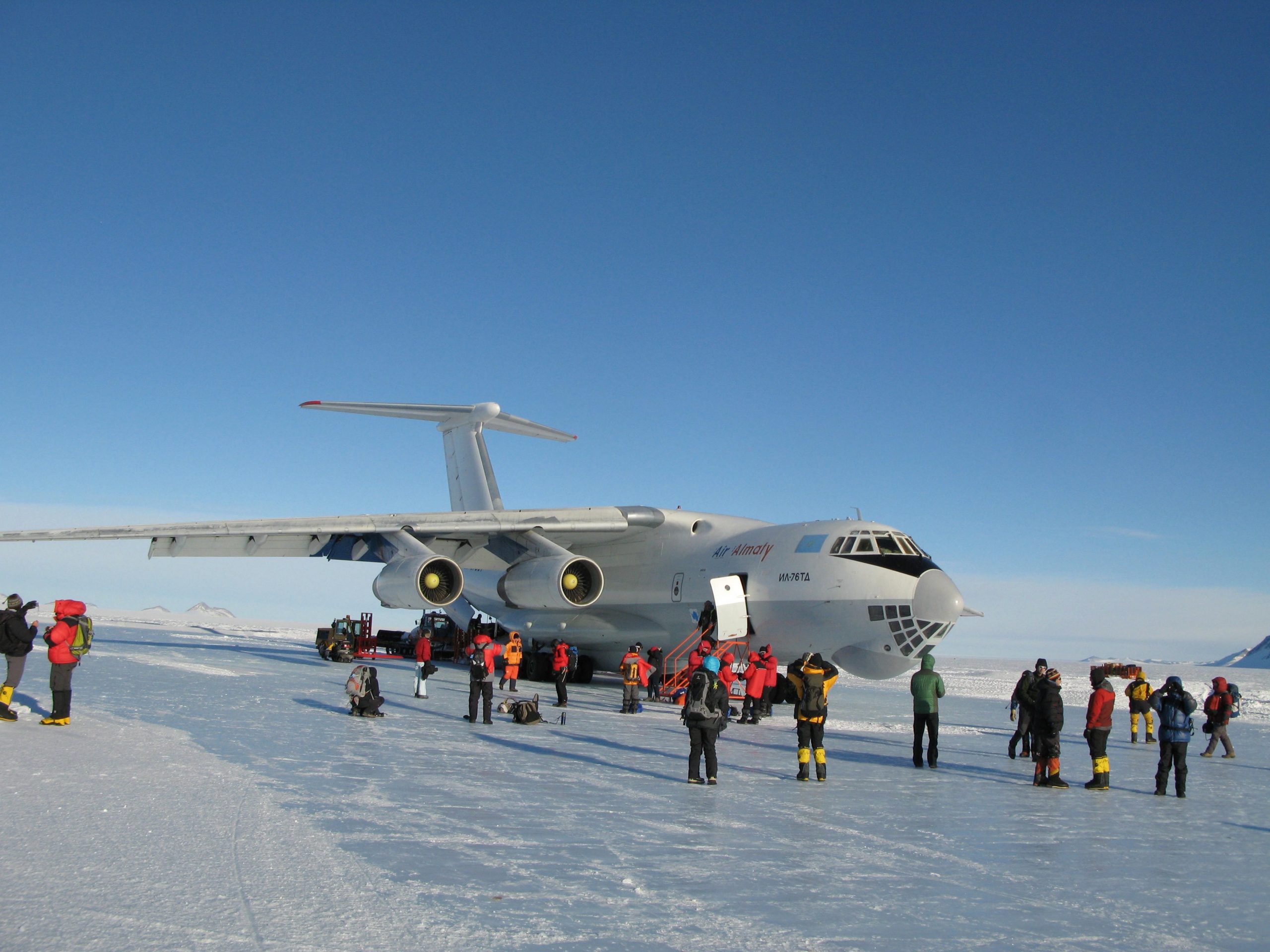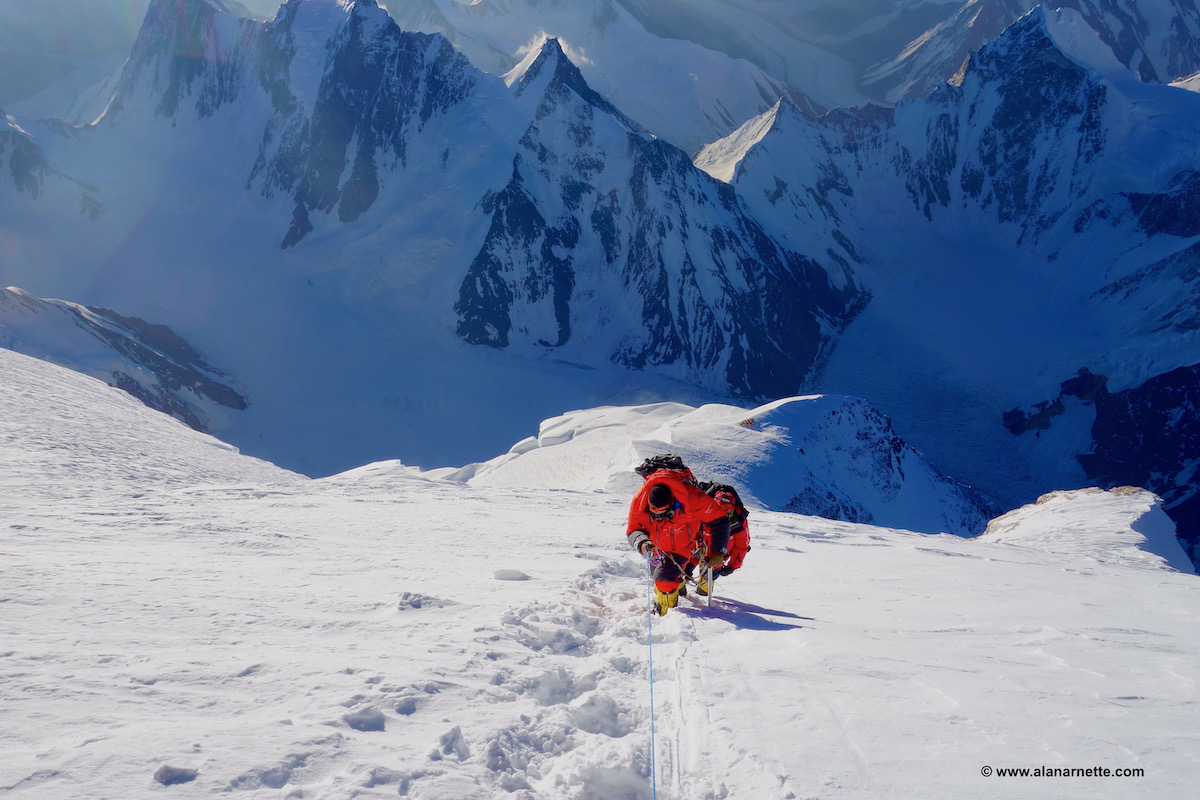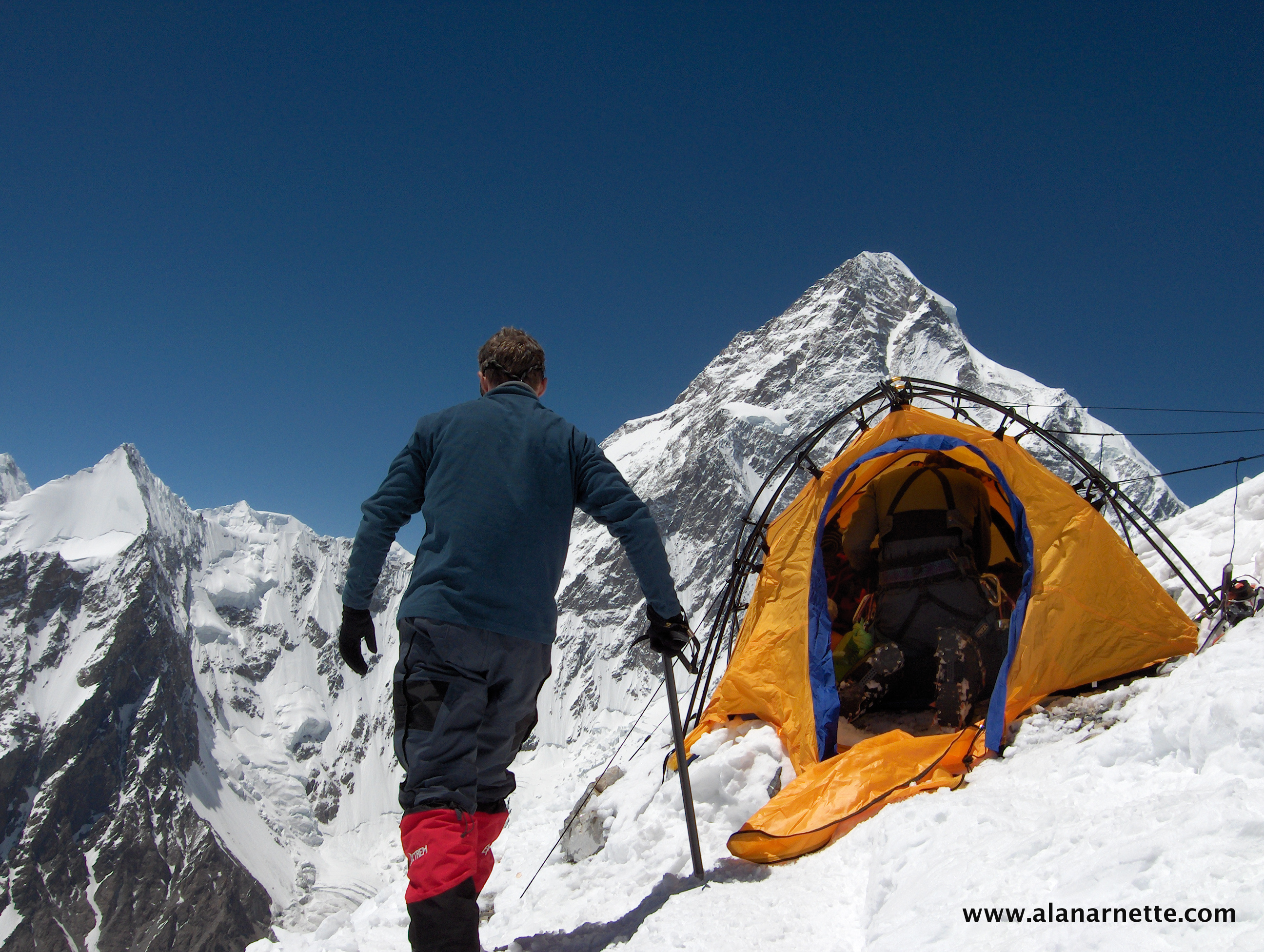As we near the end of 2022, high-altitude climbing continues. We have activities in South America, Nepal, and Antarctica. The final summit numbers are in from the Himalayan Database for Everest. It was a record year for the number of Sherpas supporting clients.
2022 Everest Stats: 683 Summits, 3 Deaths
The Himalayan Database updated its numbers for the 2022 spring season showing 683 total summits by members and hired. Note the HDB use ‘member’ for someone who pays to climb and ‘hired’ for someone paid to climb. The support ratio of 1.6 support climbers for each client is the highest on record for the Nepal side, surpassing 2020 when it checks in at 1.48. There were three deaths, all on the Nepal side of two members and one hired. Only five climbers summited without supplemental oxygen. Here’s the breakdown:
| 2022 | Nepal 2022 | Tibet 2022 | Nepal All-Time | Tibet All-Time | Total |
| Member Summits | 256 | 3,640 | 1,980 | 5,620 | |
| Hired Summits | 415 | 4,055 | 1,666 | 5,721 | |
| Total Summits | 671 | 12 | 7,695 | 3,646 | 11,341 |
| Client/Support Ratio | 1:1.6 | 1:1.2 | 1:0.8 | 1:1.02 |
I’ll do a complete update when I update my annual post of “Everest By The Numbers.”
Record Year for Nepal Climbing Revenue
Nepal issued 1,441 climbing permits to foreigners from 77 different countries. The top five countries were the U.S. at 145, France-132, England-130, Germany-85, and Russia coming in at 60. They were spread across 49 mountains, with the top five being Ama Dablam at 475, Manaslu-404, Everest-325, Himlung-141, and Baruntse at 42. The total revenue from all the permits clocked in at USD$ 700,000, double from the pandemic stricken 2021 season. Manaslu was the highest-grossing mountain.
Record Seekers
Norwegian Kristin Harila is back in Nepal for a winter attempt at Cho Oyu. It appears the two talented Sherpas, Pasdawa Sherpa and Dawa Ongju Sherpa, of 8K Expeditions are not with her, so if a record is made, they will, sadly, not be part of it. The three have climbed 12 of the 14 peaks together. She seeks to summit all fourteen of the 8000ers as quickly as possible. She attempted Cho a few months ago, but poor conditions stopped everyone. Climbing Cho from the Nepal side is quite difficult and dangerous. Of the 3,923 summits on Cho, only 135 have been from Nepal.
Also on the team is Adriana Brownlee, 21, attempting to be the youngest to get all of the 8000ers. There are a total of six climbing Sherpas supporting the two clients. They are Gelje Sherpa, Dawa Sherpa, Tenging Gyaljen Sherpa, Migmar Dhondup Sherpa, and Ngima Tashi Sherpa.
The Chinese refused to make an exception for Norwegian Kristin Harila to attempt Cho Oyu and Shishapangma from Tibet, thus the climb from Nepal. If China opens Tibet for climbing in 2023, they have said they’ll try Shish.
You can follow Brownlee and Harila on their GPS trackers. Their last reported altitude was 5,917 meters on the 8,188-meter peak.
Antarctica
The season is well underway on the southernmost continent. The sole logistics operator, Antarctic Logistic Expeditions, responsible for flights and maintaining the base at Union Glacier, now uses a Boeing 757 for the 4:30 flight from Punta Arenas. This replaces the Illyushin IL-76 cargo giant.
As a sign of the times, the world’s wealthy clients can fly their Gulfstreams, eliminating the nuisance of flying with other folks. This feels odd to me, given the carbon footprint of a private jet with so few passengers flying to a continent that is protected by international treaties to prevent pollution.
In any event, any trip to Antarctica is expensive. Vinson, one of the Seven Summits and the highest on the continent, will set you back around $50,000, including the flight on the 757. At least it is equipped with business-class seats!
Several individuals and teams also cross the continent, but none for a full traverse. Most will go from water to the South Pole. One of the popular options today is to ski the last degree to the South Pole. Many are looking to complete the Adventure’s Grand Slam – the Seven Summits plus both Poles.
South America
The high peaks in Ecuador, Bolivia, Chile, and Argentina are in full swing. The highest outside of the Himalayas, Aconcagua, about 7,000 meters, is teaming with climbers. In a recent change, full porter support and supplemental oxygen are now available. Times are a-changin’.
Rescue Taxi
I found this interesting tidbit from Altitude 43% of the rescues from 2009 to 2020 conducted by the Swiss Alpine Club were not due to injuries! And on the most popular peaks, it soars to 78%! The top reasons for calling for help included exhaustion and climbing into a spot where they could not go higher or lower, i.e., stranded. Here’s the summary:
The aim of this study was to analyze mountain emergencies due to being stranded in recent years in the Swiss Alps. Based on the increasing number of cases per year, one might be tempted to assume that cases of being stranded have increased. The number of cases increased, however, by only approximately 2.6% per year, which is lower than the increase in SAC members of approximately 4% per year during the same time period. This number may be used as a proxy for activity in the mountains, so it suggests that there has not been an increase in the rate of cases of being stranded but rather, if anything, a decrease. Based on their NACA scores, we found no change in the severity of the emergencies over time. The most frequently mentioned cause of being stranded in the case reports was exhaustion, which is in line with findings of high physical requirements of high altitude-mountaineering16–19. In addition to exhaustion, factors associated with weather, such as thunderstorms, fog, and fresh snow, were identified as reasons for contacting emergency services. The fact that most of the cases occurred in the summer months is to be expected, since most routes on peaks over 4000 m are best undertaken in the sunniest periods of the year20. In summary, mountaineering has become increasingly popular4,21–23, and being stranded is the most common cause of contacting emergency services, accounting for 41.6% of cases. The majority of alpinists in cases of being stranded were not injured, and only 8 fatal cases were found in the whole observation period. Interestingly, a very high number of cases occurred on two very popular mountains, the Matterhorn and the Piz Bernina. These two mountains accounted for almost 20% of all the cases of being stranded. It seems likely that on these two popular peaks, alpinists often want to reach the peak but are not trained well enough. This results in becoming stranded due to exhaustion. As indicated in Fig. 4, cases of stranded alpinists are often not only challenging for victims but also for emergency services.
You can see the University of Basel’s study at this link and the Full study here.
Climb On!
Alan
Memories are Everything
The Podcast on alanarnette.com
You can listen on Spotify, Apple, Google, Pocket Casts, RadioPublic, Anchor, and more. Search for “alan arnette” on your favorite podcast platform.
Summit Coach

If you dream of climbing mountains but are unsure how to start or reach your next level, from a Colorado 14er to Rainier, Everest, or even K2, we can help. Summit Coach is a consulting service that helps aspiring climbers worldwide achieve their goals through a personalized set of consulting services based on Alan Arnette’s 25 years of high-altitude mountain experience, including summits of Everest, K2, and Manaslu, and 30 years as a business executive.




